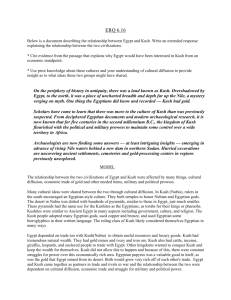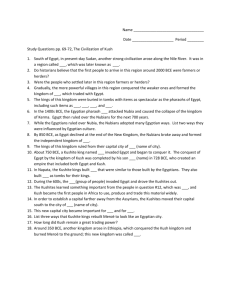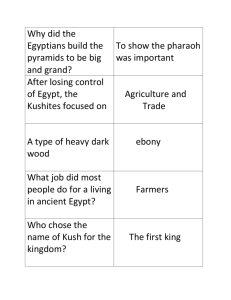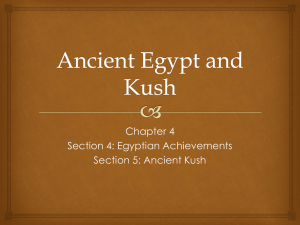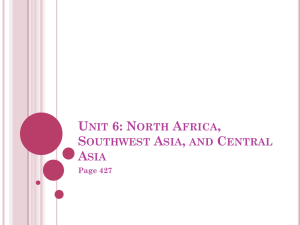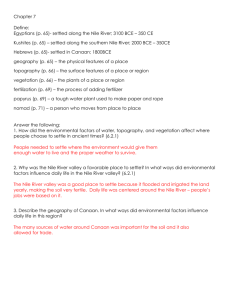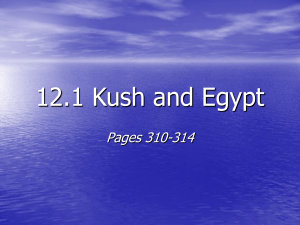Study Guide Link - Malibu High School
advertisement
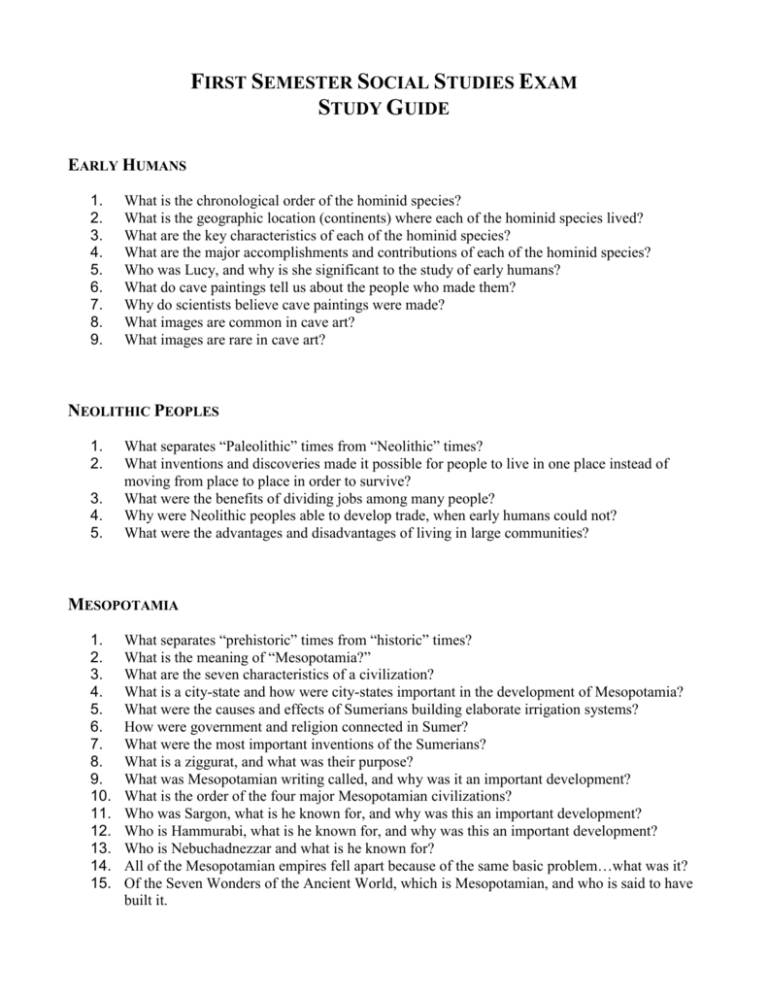
FIRST SEMESTER SOCIAL STUDIES EXAM STUDY GUIDE EARLY HUMANS 1. 2. 3. 4. 5. 6. 7. 8. 9. What is the chronological order of the hominid species? What is the geographic location (continents) where each of the hominid species lived? What are the key characteristics of each of the hominid species? What are the major accomplishments and contributions of each of the hominid species? Who was Lucy, and why is she significant to the study of early humans? What do cave paintings tell us about the people who made them? Why do scientists believe cave paintings were made? What images are common in cave art? What images are rare in cave art? NEOLITHIC PEOPLES 1. 2. 3. 4. 5. What separates “Paleolithic” times from “Neolithic” times? What inventions and discoveries made it possible for people to live in one place instead of moving from place to place in order to survive? What were the benefits of dividing jobs among many people? Why were Neolithic peoples able to develop trade, when early humans could not? What were the advantages and disadvantages of living in large communities? MESOPOTAMIA 1. 2. 3. 4. 5. 6. 7. 8. 9. 10. 11. 12. 13. 14. 15. What separates “prehistoric” times from “historic” times? What is the meaning of “Mesopotamia?” What are the seven characteristics of a civilization? What is a city-state and how were city-states important in the development of Mesopotamia? What were the causes and effects of Sumerians building elaborate irrigation systems? How were government and religion connected in Sumer? What were the most important inventions of the Sumerians? What is a ziggurat, and what was their purpose? What was Mesopotamian writing called, and why was it an important development? What is the order of the four major Mesopotamian civilizations? Who was Sargon, what is he known for, and why was this an important development? Who is Hammurabi, what is he known for, and why was this an important development? Who is Nebuchadnezzar and what is he known for? All of the Mesopotamian empires fell apart because of the same basic problem…what was it? Of the Seven Wonders of the Ancient World, which is Mesopotamian, and who is said to have built it. EGYPT & KUSH 1. 2. 3. 4. 5. 6. 7. 8. 9. 10. 11. 12. 13. 14. 15. 16. What is the most important physical feature in Egypt and Kush? Why is this feature essential to human life in the region? How did the landforms and climate of Egypt and Kush provide natural barriers and protection to the people of the area? What were the benefits of the annual flooding or “inundation” of the Nile River? What are the three key periods of ancient Egyptian history? Who was Khufu, what are his accomplishments, and why were they important? Who was Senusret, what were his accomplishments, and why were they important? Who was Hatshepsut, what were her accomplishments, and why were they important? Who was Ramses II, what were his accomplishments, and why were they important? Of the Seven Wonders of the Ancient World, which is ancient Egyptian, and who is said to have built it. What were the levels of Egyptian society, the social pyramid? What determined a person’s social class? What benefits did the Egyptians believe came from having a rigid social pyramid? What is embalming, and why did the Egyptians do this? What were the results of Egypt conquering Kush (both short-term and long-term)? Who unified Egypt and Kush? Why were the Assyrians able to conquer Egypt and take it away from Kush and what technology did the Kushites develop as a result of the Assyrians attacks? MAP LOCATIONS: Location of the Fertile Crescent Location of each civilization: Mesopotamia, Egypt, Kush Important Rivers of each civilization: Tigris River, Euphrates River, Nile River Important bodies of water: Mediterranean Sea, Persian Gulf, Red Sea



